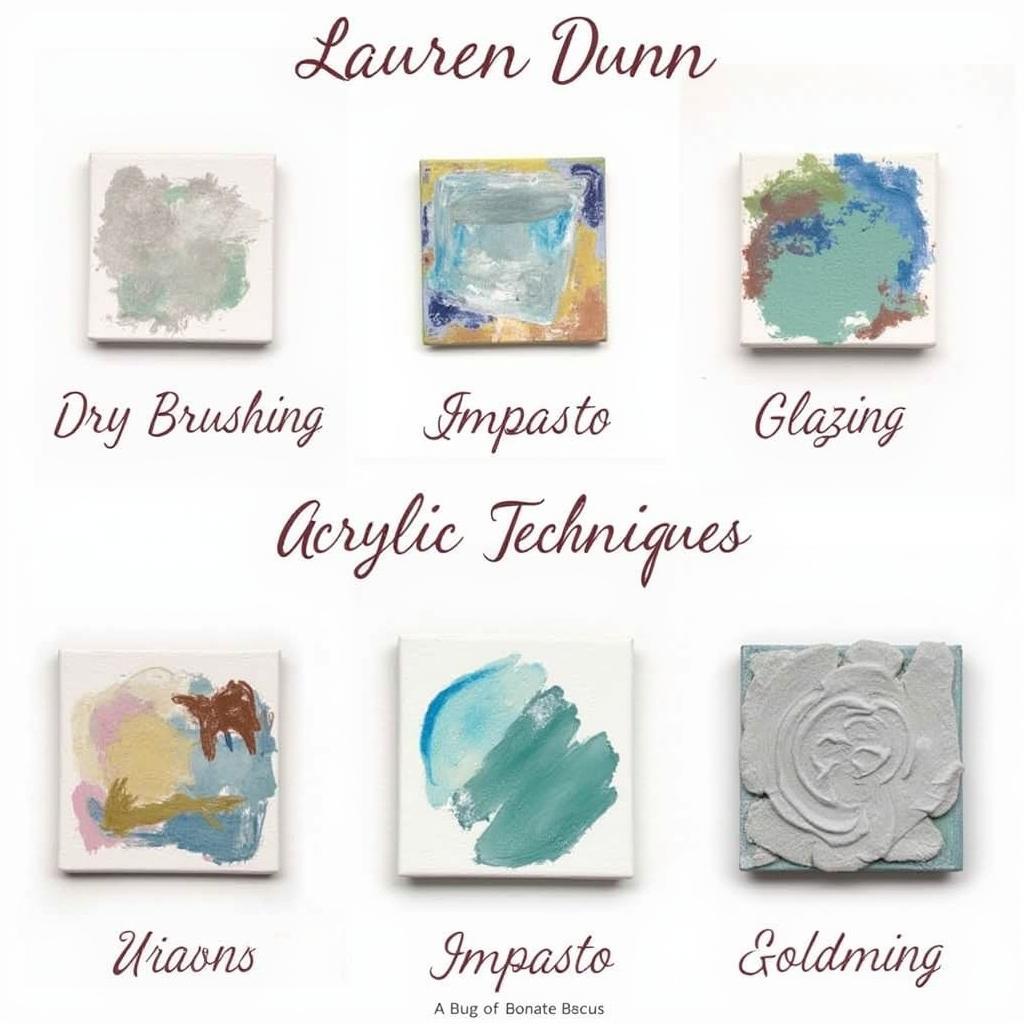Mastering Flat File Art Storage: A Digital Artist’s Guide
Flat File Art Storage is essential for any artist, whether a seasoned professional or a budding enthusiast. It’s about more than just keeping your artwork safe; it’s about preserving your creative journey and ensuring easy access to your portfolio. In this digital age, where art creation is increasingly intertwined with technology, understanding efficient storage solutions becomes even more crucial.
What is Flat File Art Storage and Why Do You Need It?
Flat file art storage refers to specialized cabinets or drawers designed to store artwork, prints, and documents horizontally. These units are typically shallow with large drawers, allowing for easy browsing and retrieval of individual pieces without disturbing others. Why is this preferable to stacking artwork? Simply put, stacking can lead to damage, creases, and dents, especially for delicate mediums. Investing in a proper art flat file can significantly extend the life and value of your work.
Benefits of Using Flat Files
- Preservation: Flat files protect artwork from dust, light, and humidity, which are major contributors to deterioration.
- Organization: Easily categorize and access your work, saving valuable time and frustration.
- Professional Presentation: Present your portfolio in a professional manner, making a strong impression on clients or galleries.
- Space Optimization: Maximize your studio space by storing artwork horizontally, utilizing vertical space efficiently.
 Flat File Cabinet for Art Storage
Flat File Cabinet for Art Storage
Choosing the Right Flat File for Your Needs
Not all flat files are created equal. Consider the following factors when selecting the best option for your artwork:
- Size and Capacity: Assess the dimensions of your artwork and choose a flat file that can accommodate the largest pieces. Also, consider how many pieces you need to store and choose a unit with sufficient capacity.
- Material and Construction: Metal flat files are generally more durable and offer better protection against fire and pests. Wooden flat files can add an aesthetic touch but may be more susceptible to damage.
- Features and Functionality: Look for features like locking mechanisms, acid-free drawers, and adjustable dividers to customize the storage space. Some furniture for art even offers integrated lighting and humidity control.
Different Types of Flat Files
- Metal Flat Files: Robust and secure, ideal for large and heavy artwork.
- Wooden Flat Files: Aesthetically pleasing, suitable for smaller or lighter pieces.
- Portable Flat Files: Convenient for transporting artwork to exhibitions or shows.
Organizing Your Artwork in a Flat File
Once you’ve chosen your flat file, proper organization is key to maximizing its effectiveness.
- Inventory Your Artwork: Create a detailed inventory of all your pieces, including titles, dates, mediums, and dimensions.
- Categorize Your Work: Group similar pieces together by theme, size, or medium.
- Use Archival Materials: Protect your artwork with acid-free interleaving paper, folders, and sleeves.
- Label Everything Clearly: Label each drawer and folder for easy identification.
 Organizing Artwork in a Flat File
Organizing Artwork in a Flat File
Maintaining Your Flat File
Proper maintenance will ensure your flat file continues to protect your artwork for years to come.
- Regular Cleaning: Dust the exterior and interior of the flat file regularly to prevent dust accumulation.
- Humidity Control: Maintain a stable humidity level in your studio to prevent warping or damage to the artwork and the flat file itself. You may consider an art storage box for extra protection against environmental factors.
- Pest Control: Inspect your flat file regularly for signs of pests and take preventative measures as needed.
“Regular cleaning and maintenance of your flat file is just as important as choosing the right one in the first place,” says renowned art conservator, Dr. Amelia Finch. “It’s an investment in the long-term preservation of your creative legacy.”
Flat File Art Storage in the Digital Age: Integrating Technology
In the digital age, your physical artwork often has a digital counterpart. Consider backing up digital scans of your work and linking them to your physical inventory for easy reference. This also allows you to easily share your portfolio online or create art board print versions. “Integrating digital archiving with your physical flat file system enhances accessibility and safeguards your work against loss or damage,” adds Dr. Finch. “Think of it as a dual insurance policy for your art.”
Conclusion
Flat file art storage is a cornerstone of any artist’s studio. From preserving your precious creations to streamlining your workflow, a well-chosen and maintained flat file is an investment that pays dividends over time. By following the tips outlined in this guide, you can ensure your artwork remains in pristine condition, ready to inspire and be admired for years to come. Investing in proper flat file art storage is not merely about organization; it’s about honoring your creative process and ensuring its longevity.
FAQ
- What are the different materials flat files are made of?
- How do I choose the right size flat file for my art?
- What are the benefits of using archival materials in a flat file?
- How often should I clean my flat file?
- Can I store digital prints in a flat file?
- Where can I find art supplies storage furniture?
- What is the best way to organize a flat file for easy access?
Need further assistance with your art storage needs? Contact us at Phone Number: 02462573573, Email: danteum@gmail.com Or visit us at: Savico Megamall, 7-9 Đ. Nguyễn Văn Linh, Gia Thụy, Long Biên, Hà Nội 10000, Việt Nam. We have a 24/7 customer support team.



